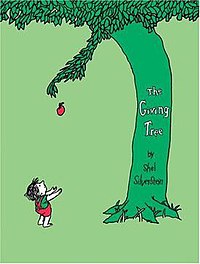The Ugly Duckling
Written by Hans Christian Anderson and Illustrated by Jerry Pinkney
Harper Collins, 1999
Traditional Literature
There are some children's books that will never get old, and this book is one of them. "The Ugly Duckling" is a classic tale about the runt duckling in a family. This little duckling stands out from the rest of his siblings. Why is that? Well, he looks a whole lot different than his siblings. His fur is different and he is smaller than the rest of them. This duckling faces many challenges, but the biggest challenge he faces is himself. Check this book out to see if the duckling can overcome his low confidence and strengthen his self-confidence.
The illustrations in this book are very classic and give the book so much character. The colors yellow and green are used throughout the book. Also, the majority of the illustrations take place near water or woods. The timeless illustrations are done with watercolor and give the characters very realistic traits. The duckling and his siblings are pictured throughout the story, and the duckling is in every illustration. The illustrator does a great job of detail on the difference in appearance between the duckling and his sibling.
I would use this book in a first grade classroom. The students could read the book on their own and then talk about reason's why it is important to embrace diversity. This classic piece of literature is a great way to teach students about differences in culture and appearance. It is a great way to teach your students empathy, kindness, and acceptance. This would also be good guided reading practice for the first grade students. There are great vocabulary words for first graders to learn and apply.
I highly encourage you to keep this piece of traditional literature in your classroom library!


